Back in 2017, Denis Villeneuve did something that was considered impossible. He directed a sequel to Ridley Scott’s seminal sci-fi neo-noir, Blade Runner, 35 years after the original was released…and it didn’t suck. In fact, critics praised the films as just as good as the first one, possibly even better, and totally worth the wait. Given the crushing disappointment of so many belated sequels — especially the ones that tarnish the reputation of their source material — this was quite an achievement. Here are 5 Things Blade Runner 2049 Did Better Than The Original (And 5 Things The Original Did Better).
Blade Runner 2049: Depicting a future society
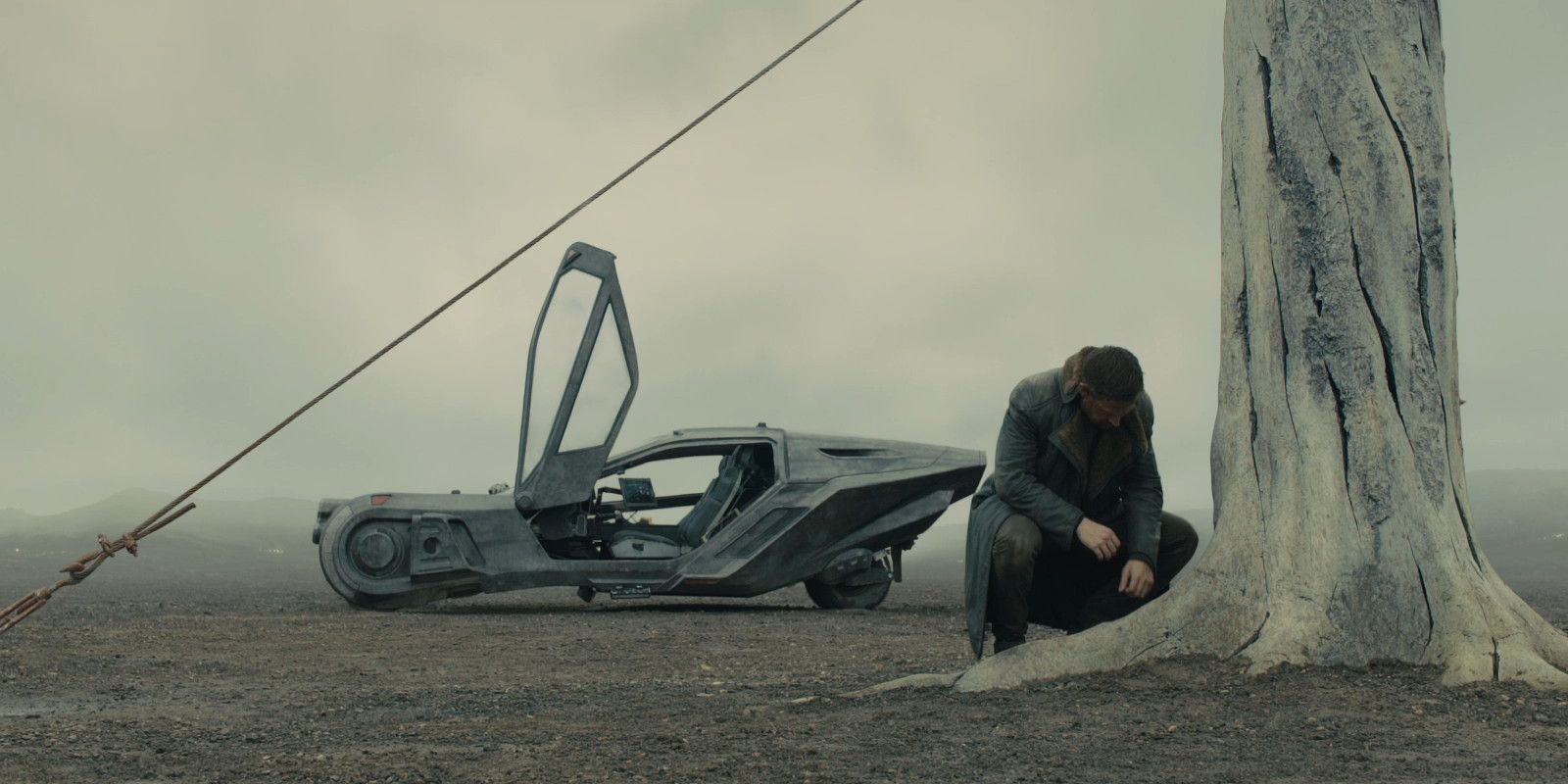
Mainly thanks to its much larger budget and the fact that visual effects technology was far more advanced in 2017 than in 1982, Blade Runner 2049 did a better job of depicting a future society than the original did.
With the towering skyscrapers, entirely industrialized landscapes, and bursts of flame shooting into the sky, the original Blade Runner did a great job of portraying the future. But its over-the-top weird costume design makes it pure fantasy. The way that Denis Villeneuve’s sequel portrayed the technology, social structures and advertising of the future was fantastic. That might actually be what America looks like in 2049.
Blade Runner: Noir callbacks
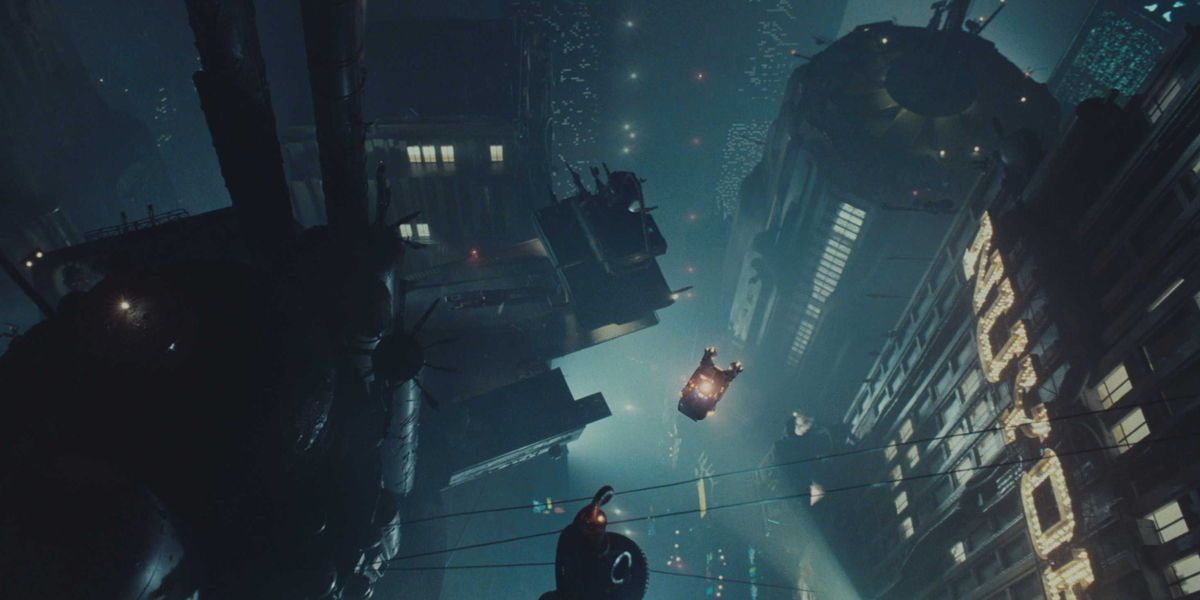
Both Blade Runner movies could be classed as neo-noirs, but the first one definitely embodies that genre a lot more. For starters, it basically created that genre. Movies like Chinatown had already taken the tropes and visual markers of the film noir and transplanted them into a modern setting with contemporary social fears, but Ridley Scott took that a step further and set a film noir in the future. Although there’s plenty of futuristic technology like flying cars, Scott stuck to the lighting techniques, camera angles, and motifs of the noir so closely that it still feels in step with the likes of The Maltese Falcon and Double Indemnity.
Blade Runner 2049: A compelling lead character
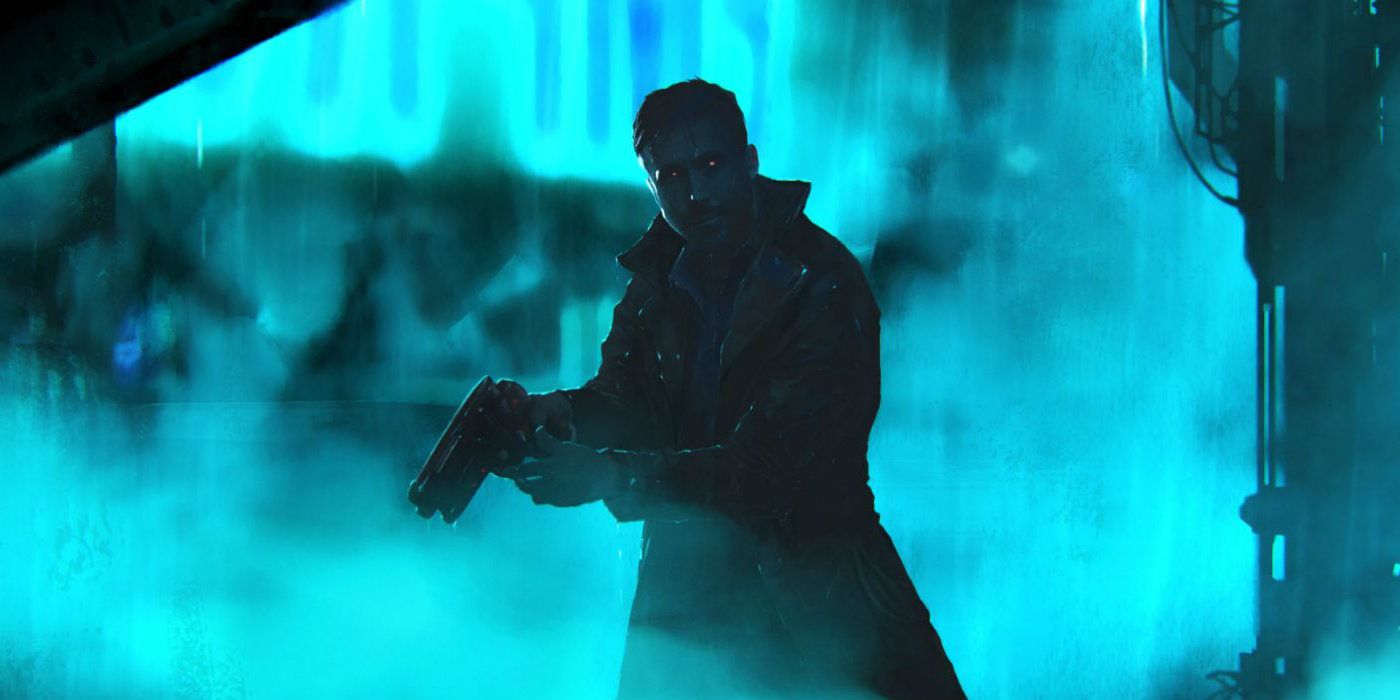
Officer K is a much more compelling lead character than Rick Deckard. Since Ridley Scott was focused on making Blade Runner an atmospheric experience, he didn’t take the time to ensure that Deckard would be personally riveting. There was a chance for Deckard to be science fiction’s answer to Philip Marlowe or Sam Spade, but instead, he was just pretty dull. It’s hard to care about him. Officer K, on the other hand, is easy to connect with. He’s a sad, lonely guy going through a personal crisis who’s faced with tough decision after tough decision, just in his everyday life.
Blade Runner: The lead’s inner conflict
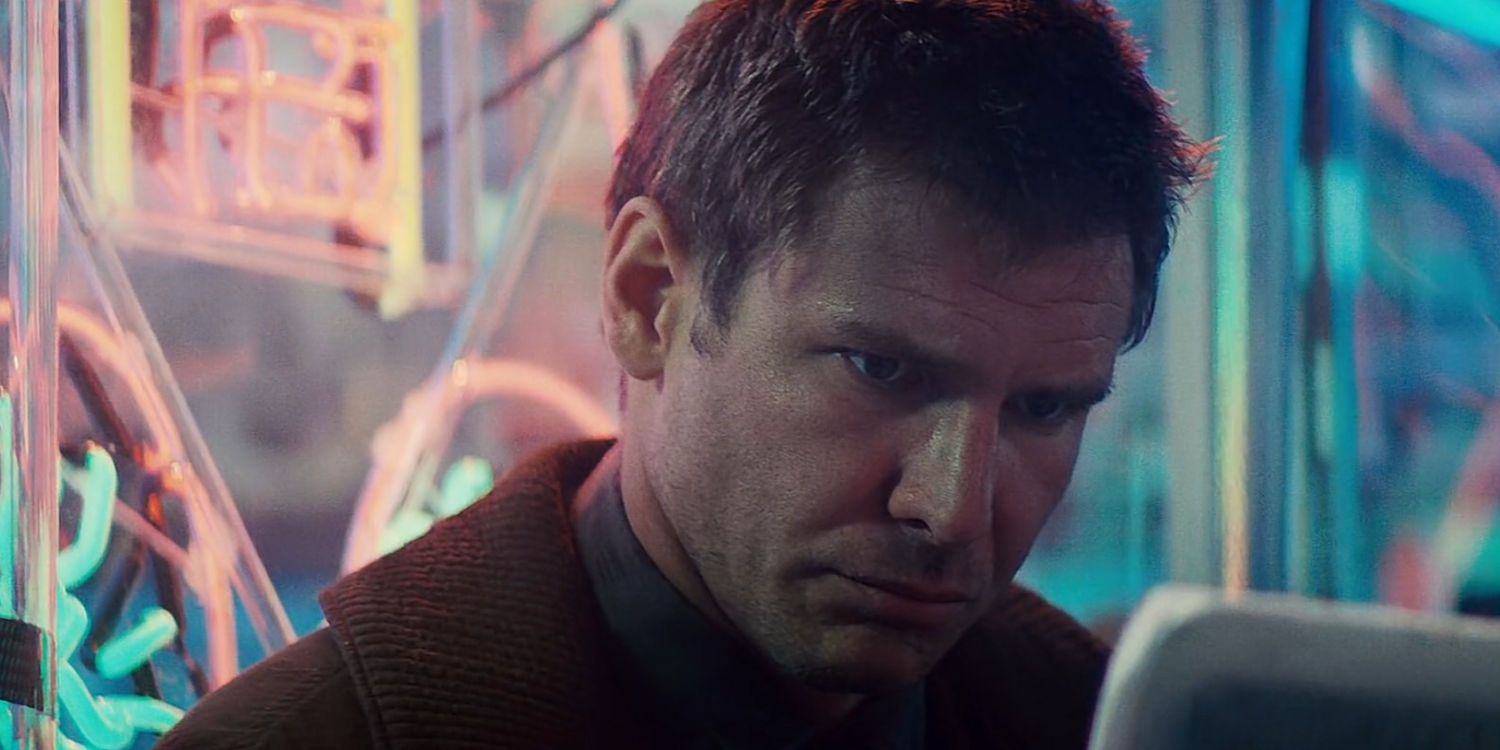
Both Rick Deckard and Officer K are forced to confront their demons when they’re assigned to track down and terminate replicants. However, the former’s inner conflict is a lot more compelling than the latter’s. K is introduced as a replicant who is enslaved by the LAPD to kill his own kind. That’s an incredibly intriguing conflict. But Deckard’s is arguably more interesting.
Deckard’s inner struggle is that he feels less human than the machines he has been sent to kill. The revelation that he himself might be a replicant only comes at the very end, and even then, it’s left ambiguous.
Blade Runner 2049: Worldbuilding
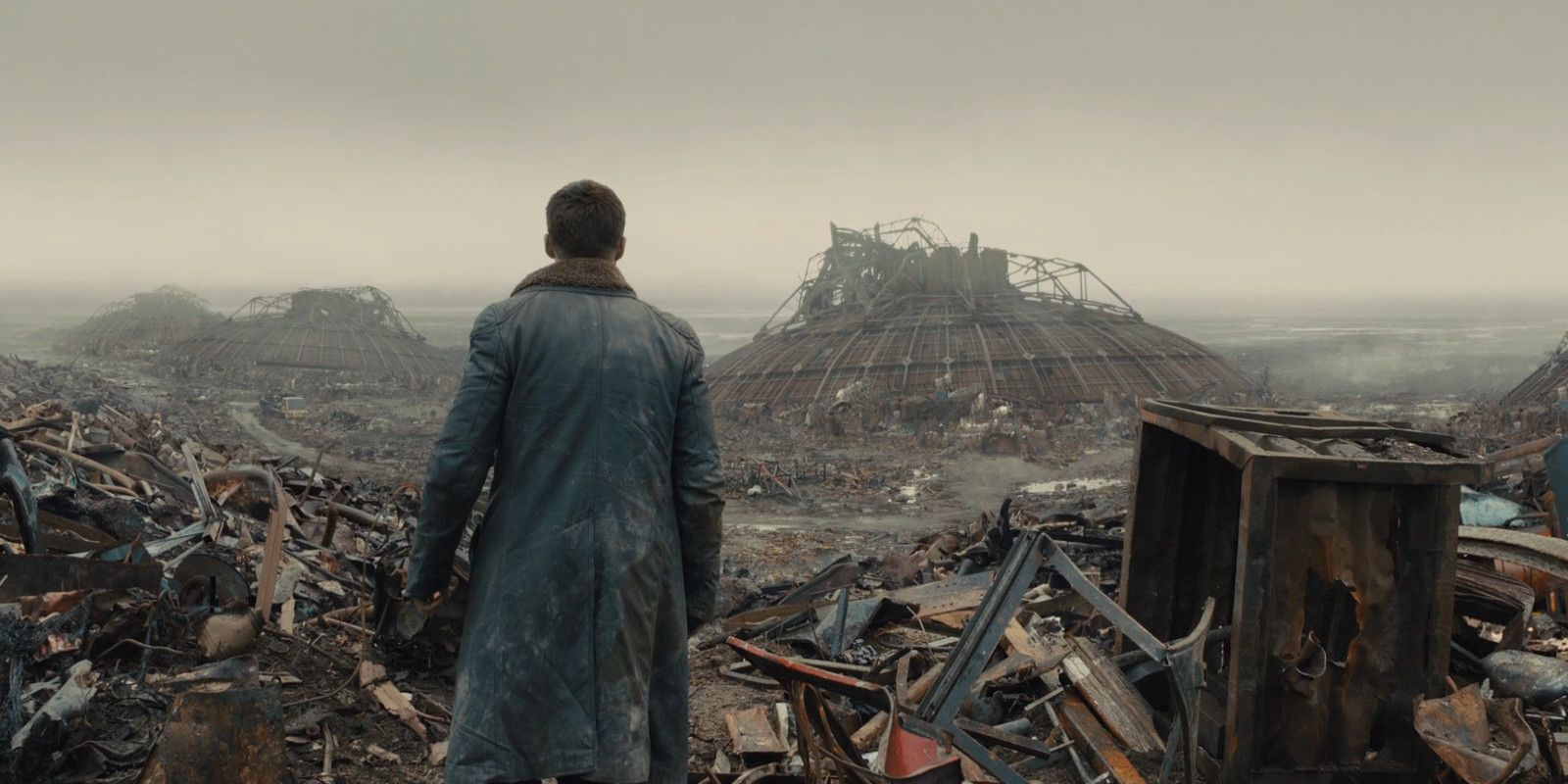
The original Blade Runner explains the backstory of the replicants in either a title card or a voiceover narration (although there’s a chance that neither of them are actually in the movie, depending on the cut you’re watching), then presents us with a vision of Los Angeles’ dark future. It’s a good example of worldbuilding in science fiction, but Blade Runner 2049 greatly expanded on that worldbuilding, showing us the future versions of San Diego and Las Vegas, as well as how different social classes live in this dense, dystopian, overcrowded society. There’s even a garbage-filled island populated by hundreds of displaced vagrants.
Blade Runner: The big rug-pull
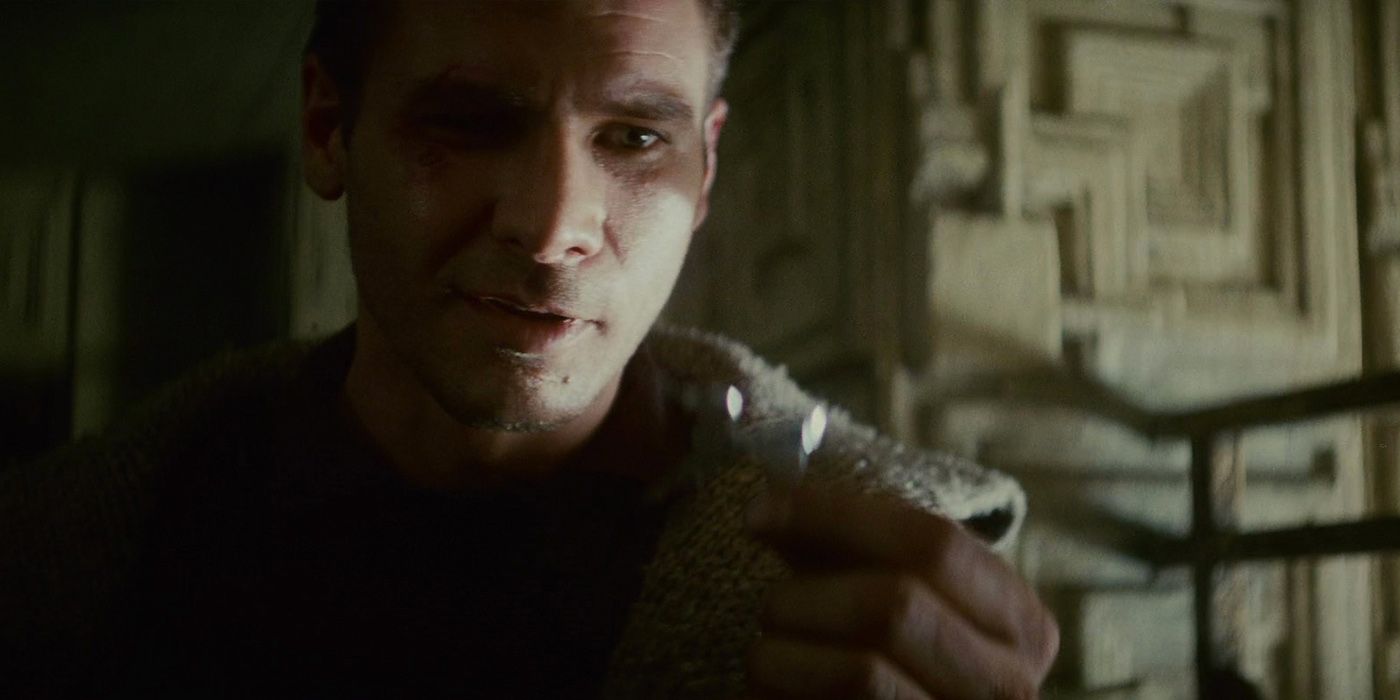
Both Blade Runner movies end with a mind-boggling plot twist. The first one ends with the revelation that Deckard is (possibly) a replicant. The second one shocks viewers by leading them to believe that K is the replicant child, then coming to the conclusion that he isn’t special. Denis Villeneuve’s twist is undoubtedly astounding. Not only is the sequel’s twist completely unexpected, but it’s a subversion of the old sci-fi cliché of “the chosen one.” This was a narrative in which the chosen one turned out not to be the chosen one. However, Ridley Scott’s twist just about beats it by forcing the audience to question their whole perception of reality.
Blade Runner 2049: The final showdown
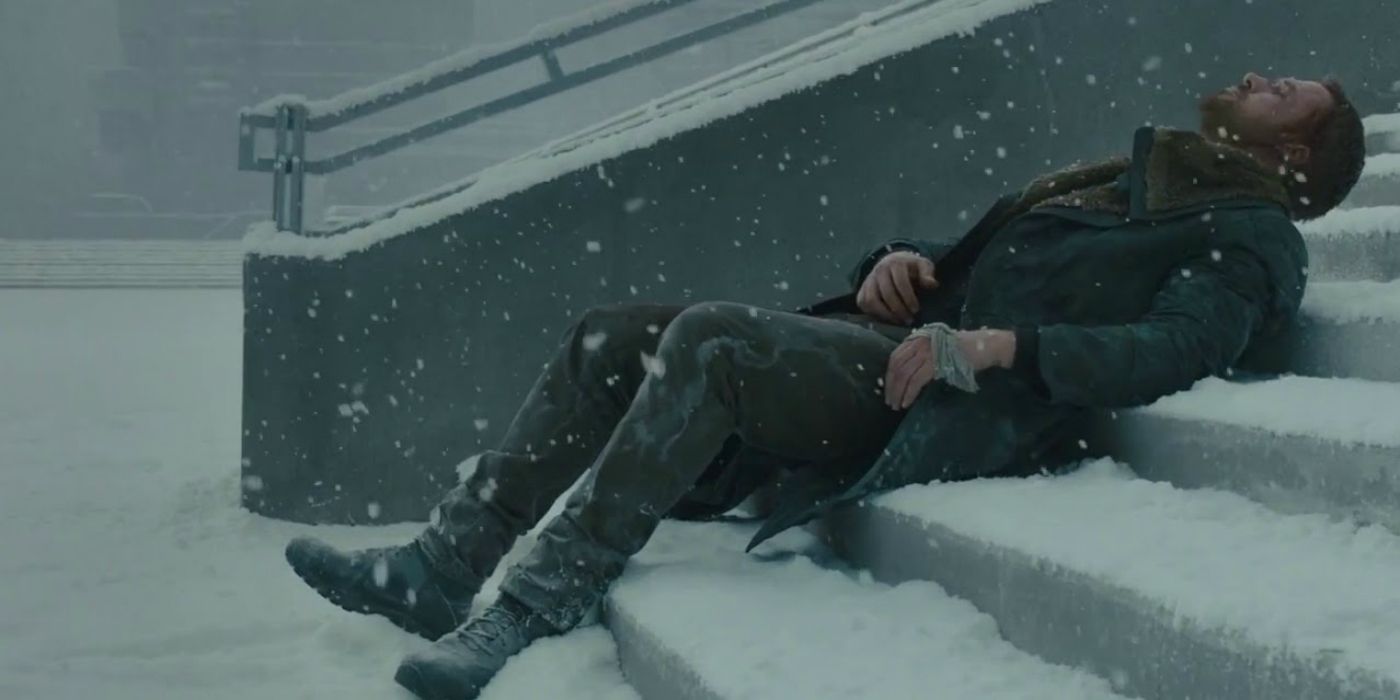
As with pretty much any movie, the Blade Runner films end with a big showdown between the protagonist and the antagonist. In the first movie, Roy Batty is framed as a victim as he bests Deckard in hand-to-hand combat and then explains the difficulties faced by replicants in an incredible monologue. It’s a breathtaking finale. But in the second movie, K intercepts Luv’s shuttle as she takes Deckard to be tortured. He dives into the ocean to save Deckard and stage his death to keep Wallace from searching for him. K manages to drown Luv, but not before she mortally wounds him. The first one had an incredible final showdown, but the sequel managed to top it.
Blade Runner: Cyberpunk tropes
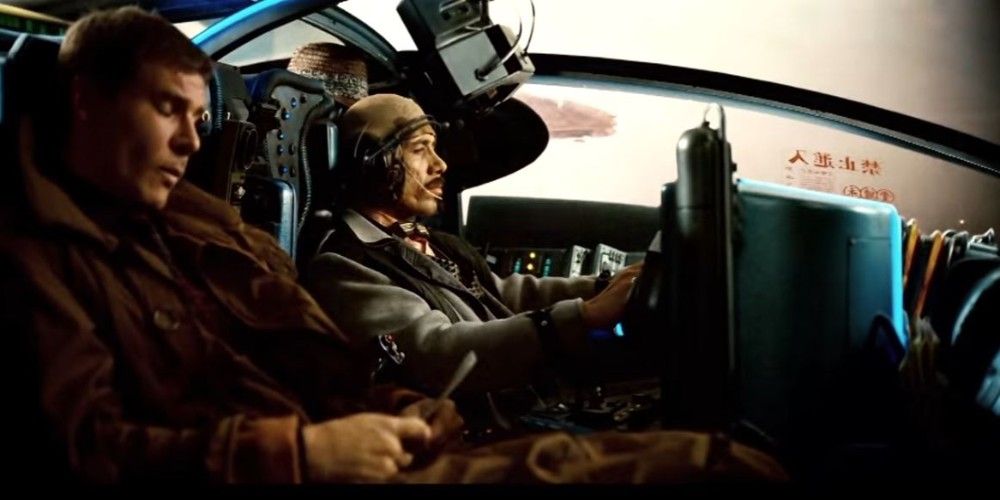
Ridley Scott’s Blade Runner and William Gibson’s Neuromancer are the two works most commonly credited with pioneering the cyberpunk genre. Blade Runner 2049 does technically fall into the cyberpunk category, but its design is not as groundbreaking as Blade Runner. The cyberpunk genre is all about using future settings to reflect modern fears, particularly those involving capitalism.
Blade Runner 2049 expanded on the original’s visual style with more advanced versions of its neon advertising, but without any updated commentary on the current political climate — which is calling out to be commented on by science fiction — whereas Blade Runner was an insightful reflection on Reagan’s America.
Blade Runner 2049: The A.I. love story
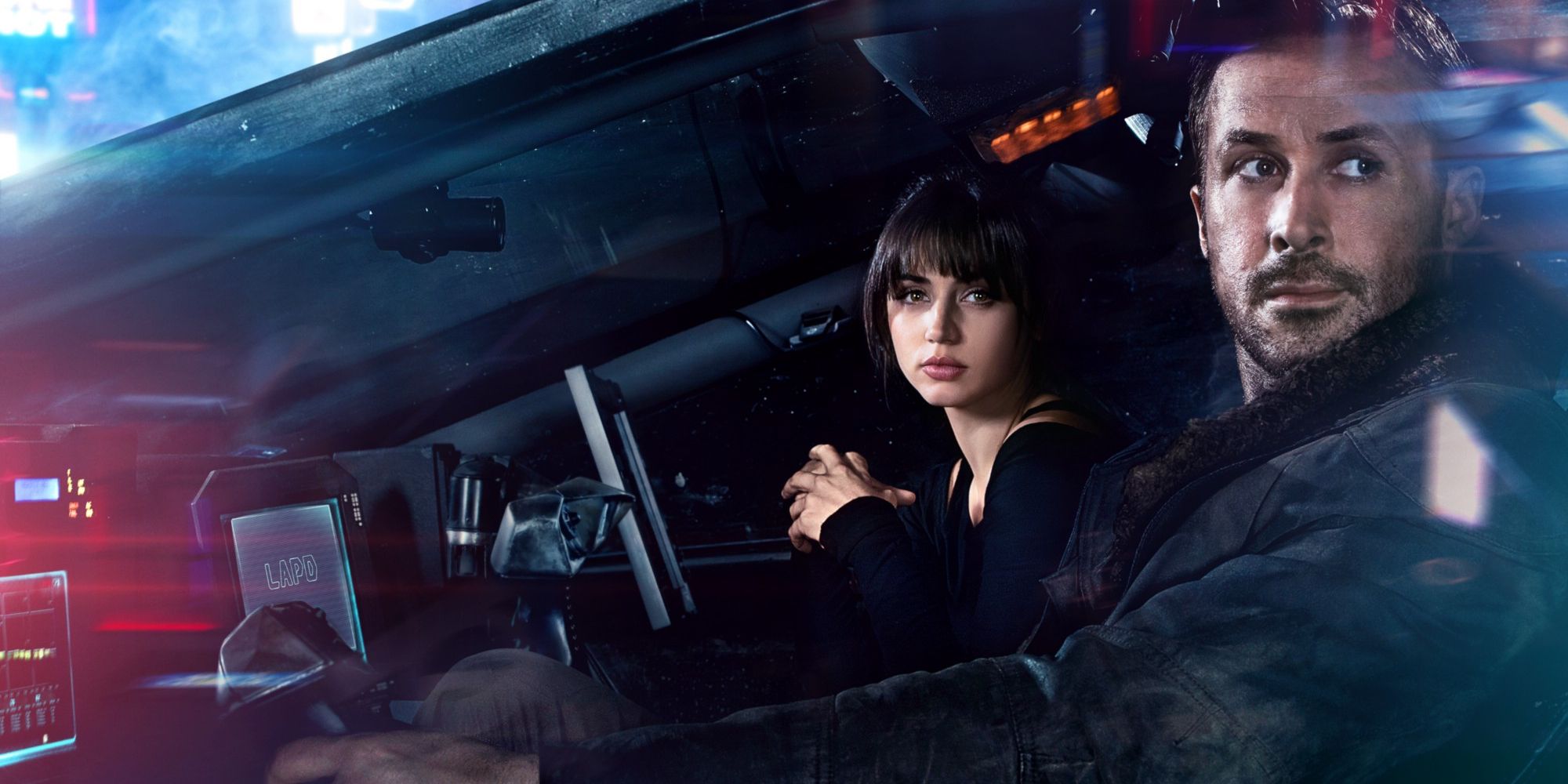
In both Blade Runner movies, the protagonist engages in a romantic relationship with an artificial intelligence. In the original, Rick Deckard discovers the replicant Rachael and starts falling for her. This storyline has aged poorly, as it falls into the uncomfortable “Born Sexy Yesterday” trope of science fiction. It’s hinted that replicants can become sentient, so the fact that Deckard engages Rachael sexually is kind of disconcerting. In the sequel, however, K’s relationship with his A.I. wife feels real, despite being built on complex programming. This relationship is pretty sad, partly because that’s actually where society is heading.
Blade Runner: Originality
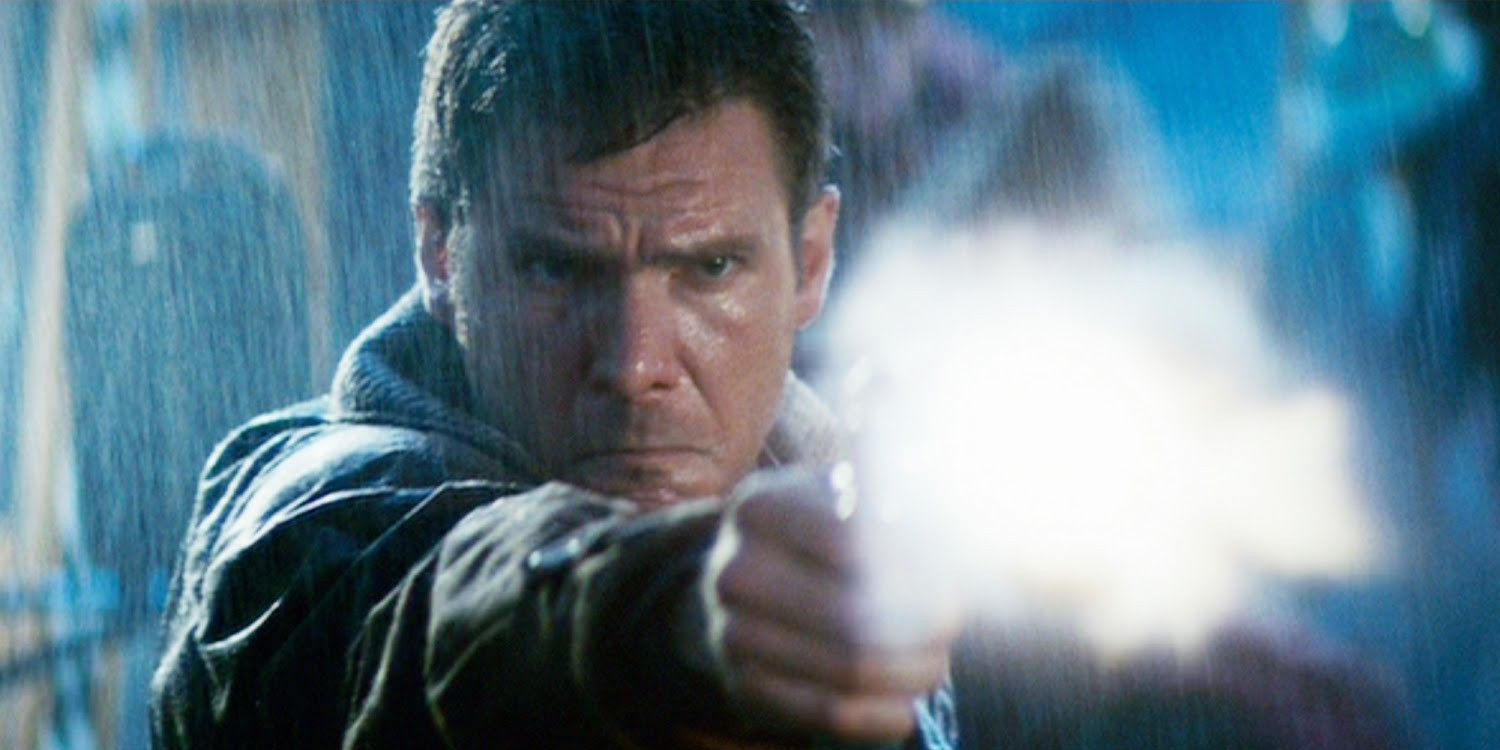
Blade Runner 2049 does a fantastic job of recreating the unique, noir-tinged, neon-lit, retrofuturistic look of the original film, but that’s nowhere near as impressive as creating it from scratch, which is exactly what Ridley Scott and his team did when they first put together the 1982 original. Even if the sequel is, on the whole, a slightly better movie than the original, the original will always get brownie points for introducing us to the Blade Runner universe in the first place. Without that revered cult classic blazing the trail, there would be no sequel.




